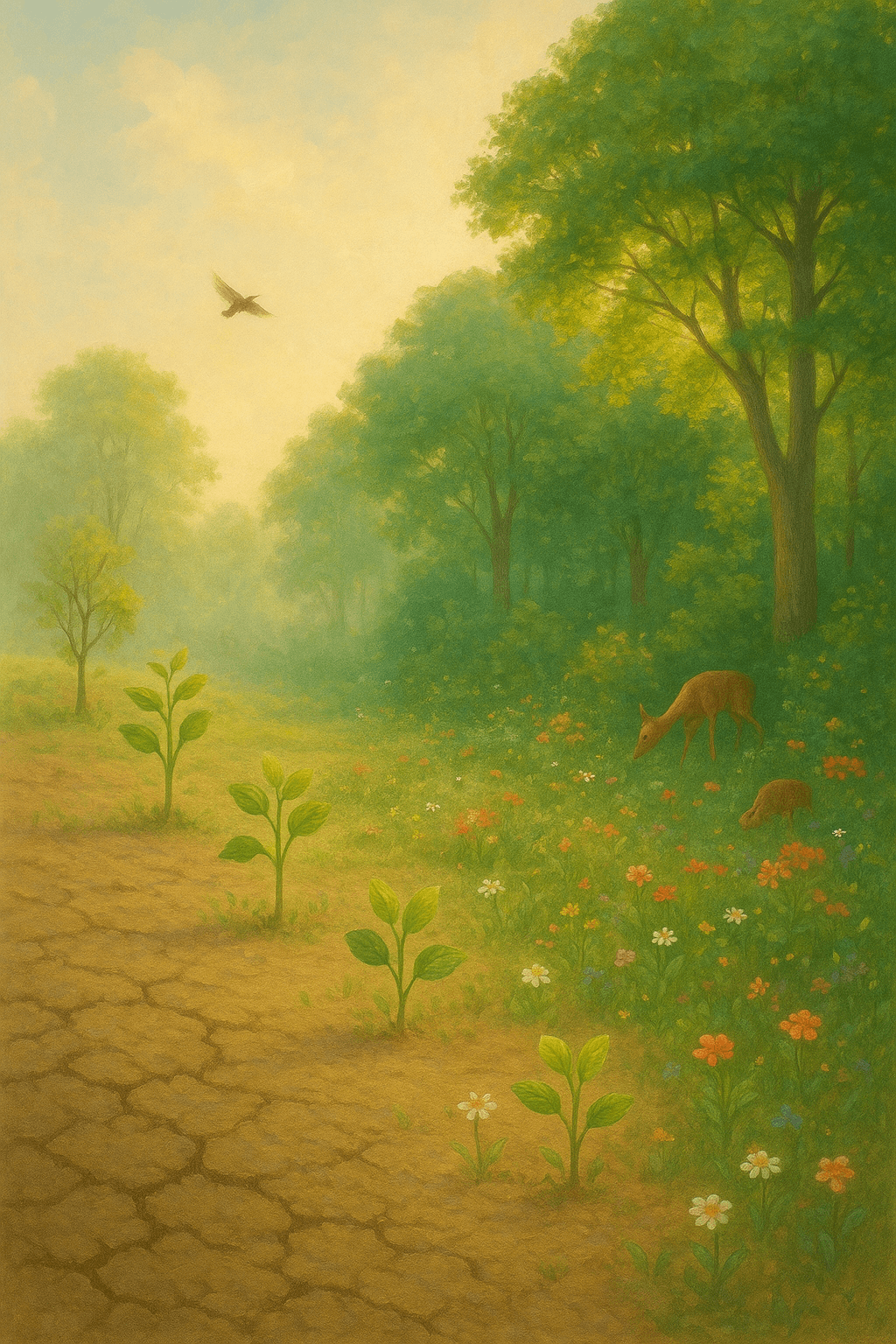Creation from Emptiness: Unveiling the Origins of Inspiration

Almost everything comes from nothing. — Henri Matisse
Matisse’s Insight into the Creative Process
Henri Matisse’s assertion that ‘almost everything comes from nothing’ invites us to consider the mystery at the heart of creation. He alludes to the artist’s unique ability to generate meaning, beauty, and substance from apparent emptiness—a blank canvas, a silent room, a fleeting idea. This process echoes through Matisse’s own artistic evolution, where simplicity and boldness often emerged from the absence of preconceived structure or form.
The Blank Canvas as Origin
Building on this, the image of the blank canvas is not merely symbolic; it represents potential. For countless artists, writers, and inventors, creation starts from a space devoid of content but ripe with possibility. In art history, this can be seen in Malevich’s ‘Black Square’ (1915), where the absence of traditional subject matter challenges viewers to confront their own interpretations, giving rise to new meaning from apparent void.
Philosophical Notions of Nothingness
The theme of something arising from nothing resonates beyond the arts and finds roots in philosophy. The ancient Greeks wrestled with the paradox of creation ex nihilo—how being could spring from non-being. Meanwhile, Eastern philosophies like Daoism celebrate the fertile potential of emptiness; Laozi’s *Daodejing* (c. 4th century BC) states, ‘We mold clay into a pot, but it is the emptiness inside that makes the vessel useful.’ Thus, both West and East recognize emptiness as a source of innovation.
Science and the Origins of Everything
Transitioning to the sciences, the concept that ‘everything comes from nothing’ finds surprising support. Modern cosmology suggests that our universe began from a point of near-nothingness—the Big Bang—giving rise to all matter and energy. Physicist Lawrence Krauss, in his book ‘A Universe from Nothing’ (2012), explores how quantum fluctuations in a vacuum can seed entire universes, echoing Matisse’s artistic point on a cosmic scale.
Embracing Emptiness for Innovation
Finally, this perspective offers a powerful lesson for creators in any discipline. Rather than fearing the void—be it creative block, uncertainty, or silence—we are encouraged to view it as the wellspring of innovation. By accepting that beginnings often emerge from nothingness, we allow ourselves to imagine, invent, and grow. It is through embracing emptiness that we truly open the door to everything that can be.